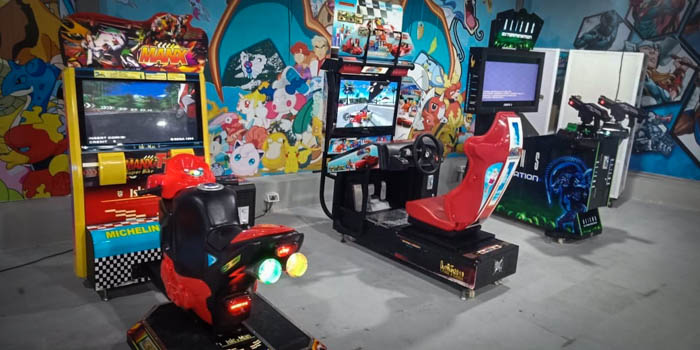Arcade games are a form of entertainment that typically feature electronic or mechanical devices, often found in amusement arcades or gaming centers. The content of arcade games can vary widely, but

Game Concept
Each arcade game has a unique concept or theme that sets it apart. It could be a classic like Pac-Man where players navigate a maze while avoiding enemies, or a modern racing game that simulates real-life driving experiences. The concept often defines the gameplay mechanics and objectives.
Gameplay Mechanics
Arcade games offer interactive and engaging gameplay mechanics to captivate players. These can include joystick or controller-based movements, buttons for actions or attacks, trackballs for precision control, or even motion sensors for more immersive experiences.
Scoring and Leaderboards
Scoring plays a significant role in arcade games, providing a competitive element. Players are rewarded with points for achieving specific objectives or milestones within the game. High scores are often recorded on leaderboards, motivating players to aim for the top spot and beat their own records or those of other players.
Power-ups and Bonuses
Arcade games often incorporate power-ups or bonuses to enhance gameplay. These can include temporary abilities, extra lives, increased speed or firepower, invincibility, or bonus points. Power-ups can be collected by the player during gameplay or achieved by completing certain objectives.


Visuals and Graphics
Arcade games feature visually appealing graphics, animations, and artwork. They can range from pixel art reminiscent of retro games to high-definition 3D graphics with detailed environments, characters, and special effects. Visuals contribute to the overall immersive experience of the game.
Levels and Progression
Many arcade games are designed with multiple levels or stages, increasing in difficulty as the player progresses. Each level introduces new challenges, enemies, or obstacles that players must overcome to advance further and achieve higher scores.

